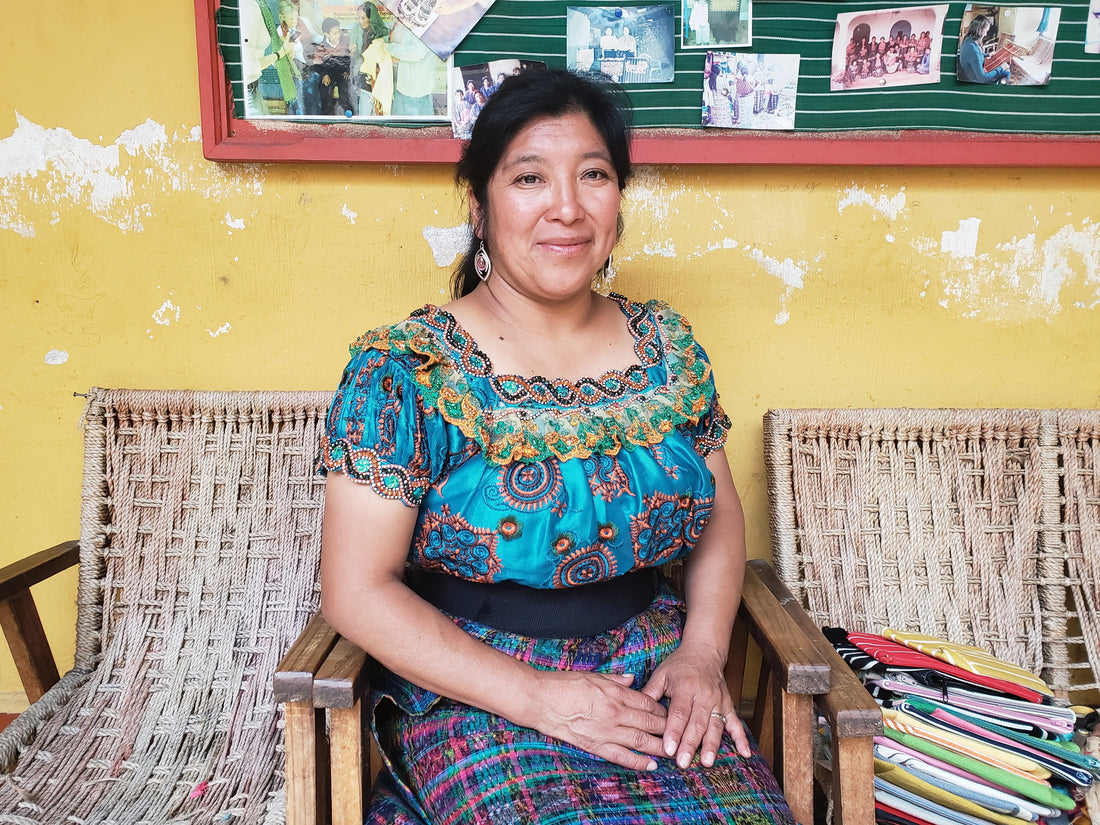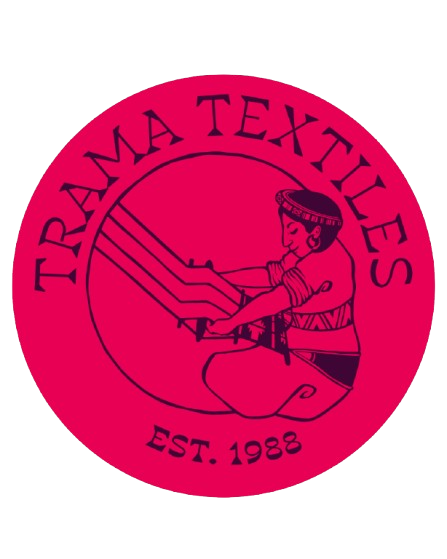
Ancient tongues: The languages of our weavers
A multilingual nation
Although Spanish is Guatemala’s most widely-spoken language, it’s not the native tongue of every guatemalteco.
Alongside Mexico, Peru and Bolivia, Guatemala has one of the highest Indigenous populations in Latin America. Nearly 40% of the country is indigenous Mayan, Arawakan or Isolate, and the remaining 60% comprises mixed-race ladinos and people of European descent.
Indigenous guatemaltecos have proudly maintained their Mayan roots – women continue to dress in hand-woven embroidered huipils and use traditional cooking methods. The day-to-day lives of indigenous guatemaltecos and ladinos are still markedly different. Unsurprisingly then, many of the country’s 24 indigenous (and official) languages are still widely spoken.
The most common Mayan dialect is K’iche’, which is spoken by around 900,000 guatemaltecos. That’s followed by Q’eqchi’, Kaqchikel and Mam, which each have around 500,000 speakers.
Trama Textiles’ 400 weavers hail from 17 villages across five Guatemalan regions – and they speak five native languages – K’iche’, Kaqchikel, Mam, Ixil and Tz’utujil. We spoke to K’iche’ teacher Loyda Rebeca Salanic Garcia to learn more.
Mayan speakers facing discrimination
Ms Salanic Garcia said K'iche' speakers make up 5% of the country's population. But due to discrimination against Mayan people and culture, children are routinely discouraged from speaking their native language.
Guatemaltecos are unable to achieve professional success without a strong command of Spanish.
"In my case, my dad spoke to me in Spanish - not in perfect Spanish, of course. My mother couldn't [speak Spanish] and spoke to me in K'iche'," she said.
Ms Salanic Garcia teaches in one of the country's bilingual public primary schools, where children learn Spanish and an indigenous language.
The schools were ratified in Guatemala's Constitution in 1984, in a move to embrace the country's multicultural identity.
Ms Salanic Garcia said the program was a positive step, but had fallen short of its lofty aims.
"There have been achievements in relation to the education system - through the program of bilingual education. But it's been the fight of our people, the Mayan people,” she said.
"The idea was that ladinos learn our languages, but they don't enrol in the bilingual schools."
Ms Salanic Garcia gained a deeper appreciation for the K'iche' culture when she started studying applied linguistics at university.
"I liked my language, my culture, but I didn't know that it was very valuable," she said.
"It has helped me a lot, learning my history. It strengthened my self-esteem, and that spread to my family and my students."
Mayans used to have a writing system of glyphs, but Spanish colonisers destroyed many of their texts.
These days traditional K'iche' writing is all but lost, and speakers use a 27-letter alphabet based on the Latin script.
The obvious difference between K'iche' and Latin languages – and what makes Mayan pronunciation difficult for Spanish speakers – is the guttural 'k' sound.
Conversely, K'iche' speakers find the rolling 'r' sound, and the letter 'f' in Spanish difficult to pronounce.
While Ms Salanic Garcia speaks perfect Spanish, K'iche' will always be her mother tongue.
"It expresses my feelings, my heart. It's not forced for me – because in Spanish, sometimes I feel like the message doesn't come out properly," she said.
"In my language, everything flows - what I think, what I feel."
Quick facts – the languages of our weavers
K’iche’
- 891,000 speakers (2003 census).
- 300,000 monolinguals (people who only speak K’iche’).
- Called Qatzijob'al by native speakers, which means Our language.
- Closely related to Kaqchikel and Tz’utujil.
Mam
- 478,000 speakers (2003 census).
- Also spoken in the Mexican region of Chiapas.
- The language has ten vowels – five short and five long.
Kaqchikel
- 445,000 speakers (2003 census).
- According to Ethnologue, “Nearly all parents pass Kaqchikel on to children”.
- Achin means man and ixöq means woman.
Ixil
- 83,600 speakers (2003 census).
- Spoken in El Quiché department, in the municipalities of Chajul, Cotzal, and Nebaj (the Ixil triangle).
- Aanima means person.
Tz’utujil
- 63,200 speakers and growing (2003 census).
- 17,000 monolinguals.
- Menuc xuben means you're welcome and is also said after finishing every meal.
Loyda Rebeca Salanic Garcia’s quotes have been translated from Spanish.
Article by Lucy Smith.

2 comments
Gracias Lucy, realizaste un trabajo excelente, gracias por tomarme en cuenta para mi grano de maíz como pequeño aporte para el engrandecimiento de mi cultura maya k’iche’. Bendiciones fue un placer conocerte, en contacto siempre.
This is the Guatemala I long to meet some day😍. Thank you for this article.